|
Autumn is now well and truly here, and in Japan this season is traditionally a time for cultural activities, such as reading and of course sashiko! If you’re in Japan over the next few months, here are a few exhibition dates for the diary. *This post has been updated on 13 November to include the following new event. 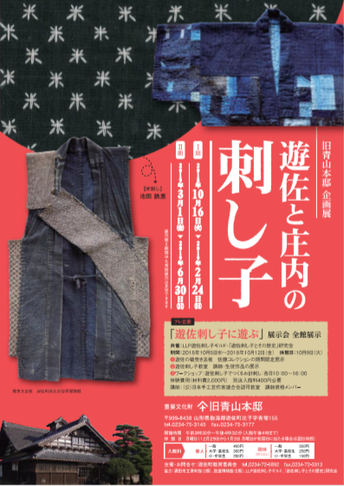 Yuza and Shonai Sashiko exhibition, Yuza, Yamagata Yuza and Shonai Sashiko exhibition, Yuza, Yamagata Yuza and Shonai Sashiko Part I Oct 16 2018 ~ Feb 24 2019 Part II Mar 1 2019 ~ Jun 30 2019 9:30-4:30 (closed Monday) Tel. 0234-75-3145 (Aoyama House) Tel. 0234-72-5892 (Inquiries, Yuza Board of Education) Aoyama House Aotsuka 155, Hiko, Yuza-machi, Akumi-gun, 999-8438, Yamagata An exhibition featuring historical garments from Yuza made with sashiko in the Shonai region. Shonai sashiko stands alongside koginzashi and Nanbu hishizashi as one of three major styles of sashiko from Northern Japan. 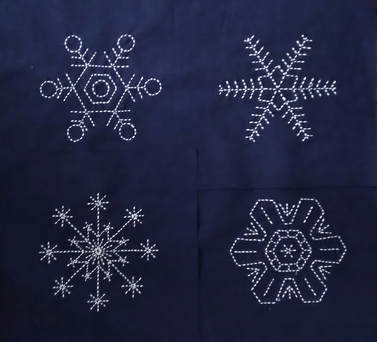 Genken Arts Club & Friends Exhibition, Tokai-mura, Ibaraki Genken Arts Club & Friends Exhibition, Tokai-mura, Ibaraki Genken Arts Club & Friends Exhibition Sun. Nov. 11 ~ Sat. Nov. 17, 2018 Time: 10:00~19:00 (Finishes 15:00 on the 17th) Tokai Station Gallery, 2F Tokai Station (on the Joban line) Tokai-mura, Ibaraki-ken My sashiko group is participating in this. You can see the joint snowflake pattern wall hangings we’ve been working this year as well as individual pieces. 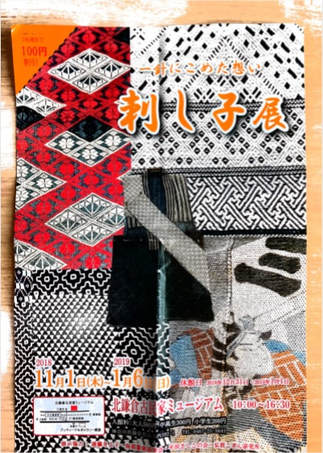 Sashiko Exhibition, Kita-kamakura, Kanagawa Sashiko Exhibition, Kita-kamakura, Kanagawa Sashiko Exhibition Thurs. Nov. 1 2018 ~ Sun. Jan. 6 2019 (closed Dec. 31 and Jan. 1) Time: 10:00~16:30 Kitakamakura Kominka Museum Yamanouchi 392-1 Kita-kamakura, Kanagawa-ken Tel. 0467 25 5641 This exhibition affords a wonderful opportunity to see the work of artists and groups from Tohoku in different styles and regions, all in the one place. It features the work of Kiyoko Endo (from Yonezawa, Yamagata prefecture), the Nanbu Hishizashi Research Group (Aomori prefecture), Hirata Sashiko Group (Shonai sashiko from Sakata city in Yamagata prefecture) and Hirosaki Kogin Kenkyujo (Hirosaki, Aomori prefecture). 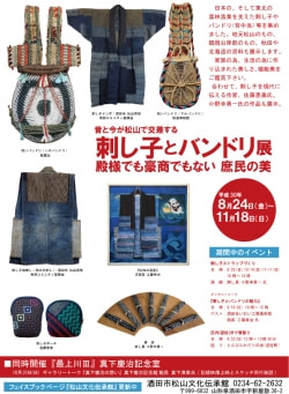 Sashiko and Bandori Exhibition, Sakata, Yamagata Sashiko and Bandori Exhibition, Sakata, Yamagata Sashiko and Bandori Exhibition Aug. 8 ~ Nov. 18 Matusyama Bunka Denshokan, Sakata city, Yamagata prefecture Tel. 0234-62-2632 Website This exhibition features the bandori (a back pad used for carrying things) and other everyday items of sashiko used by fishermen and farmers in the Tohoku region. Work by modern day Shonai sashikoists, Yuichi Onodera and Emi Sato is also on display. 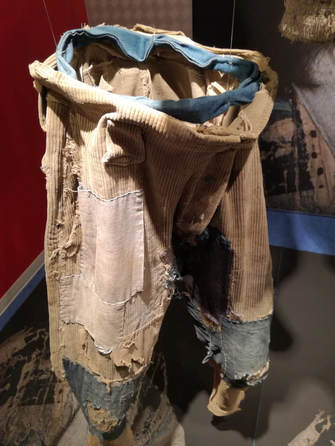 Boro Exhibition, Asakusa, Tokyo Boro Exhibition, Asakusa, Tokyo Boro Currently open until March 31 2019 (closed Mondays) Amuse Museum 2-3-24 Asakusa, Taito-ku Tokyo Tel. 03 5806 1181 Website An exhibition of boro from the collection of Chuzaburo Tanaka. In these humble items of clothing clothing and bedding you can see the origins of sashiko, and how it was used to stitch pieces of cloth together to preserve and reuse. Nanbu Hishizashi Exhibition From Jan 29 to Mar 31 2019 (closed Mondays) Amuse Museum 2-3-24 Asakusa, Taito-ku Tokyo Tel. 03 5806 1181 This is a companion exhibition to the Tsugaru Koginzashi I saw here earlier this year, which was also from the collection of Chuzaburo Tanaka. Nanbu hishizashi, like Tsugaru koginzashi, originated in Aomori prefecture, but whereas Tsugaru koginzashi is blue and white, Nanbu hishizashi is colourful.
2 Comments
It seems I am not the first translator to become obsessed with sashiko! The other day I had the great pleasure of viewing an exhibition of work by Hiroko Ogawa and her students from the Mito NHK Bunka Center Class. The eighty-year old Ogawa-sensei has combined her long career as a sashiko artist and teacher with one as a dialogue translator for dubbed films. In fact she has worked on a number of very famous ones, such as “A Streetcar named Desire,” “Rosemary’s Baby,” “Pretty Woman” and “Silence of the Lambs” to name just a few. Ogawa-sensei was born in Kisofukushima-machi, a small town in mountainous Nagano prefecture. She learned sashiko as a child from her grandmother, and many other patterns and techniques from her mother who did Japanese embroidery. However, it was while living in Los Angeles from 1979 to 1989 working as a translator that she began to exhibit her own work and teach sashiko. She has since participated in numerous exhibitions both in the US and Japan, and won an award in the US. After returning to Japan she moved to Nasu in Tochigi prefecture, where she still lives today while exhibiting and teaching classes in Mito and Utsunomiya. Ogawa-sensei’s wall-hanging, below, dominated the exhibition. It is composed of eighty different panels of family crests (kamon), and she made the entire piece herself, stitching all the panels and sewing it together. The reverse side is also beautifully finished. My friend, Katsuko Funada, a student of Ogawa-sensei, made this piece called Mangekyo (kaleidoscope), which is a hall mat, though much too beautiful to step on of course! The overall kikko (tortoiseshell, or hexagon) design is composed of 19 small hexagons stitched with a kikko variation and sewn together quilting style. Another kikko hanging that caught my eye was this Arare kikko to asa no ha (hailstone tortoiseshell and hemp) wall-hanging below, stitched by Toshiko Kato. The densely stitched hemp leaf alternating with the more open spaces of the arare kikko is an eye-arresting combination. One feature of Ogawa-sensei’s work (and even though they are stitched by her students, all the designs in this exhibition are hers) that I noticed is the detail with which they are finished. For example the ends of the rods used to hang the pieces, are coated with sheets of paper used for calligraphy, with poems or songs written on them. Below is a kiku (chyrsanthemum) design wall-hanging stitched by Kazue Yoshida. And finally, geta (clogs) stitched by Mariko Kannai. There were many other exquisite pieces of work, far too many for me to show you here. This exhibition has already finished, but do keep an eye out for the work of Hiroko Ogawa. You won’t find her on a web page, but she does have exhibitions regularly in Tokyo and other parts of Japan.
|
Watts SashikoI love sashiko. I love its simplicity and complexity, I love looking at it, doing it, reading about it, and talking about it. Archives
September 2022
Categories
All
Sign up for the newsletter:
|

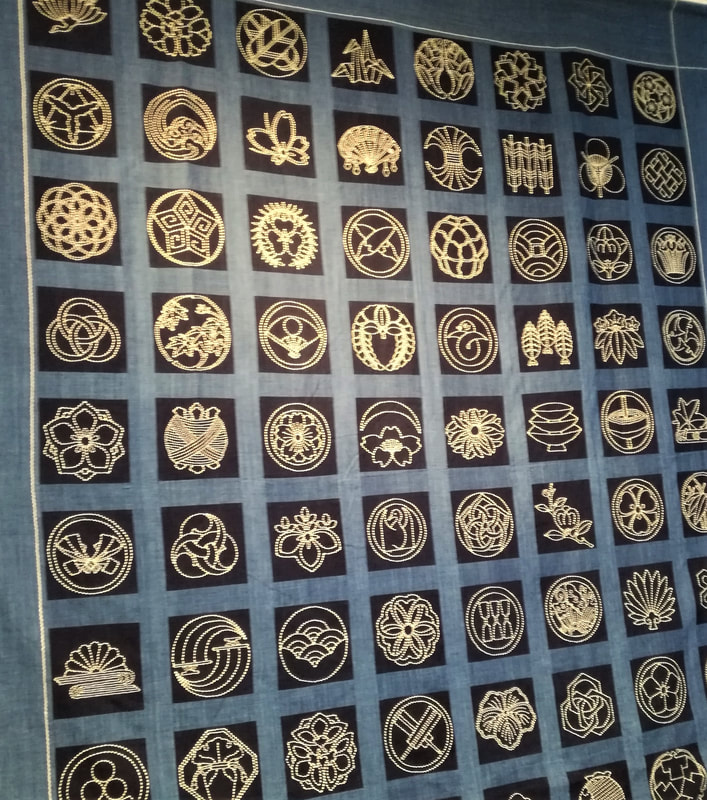
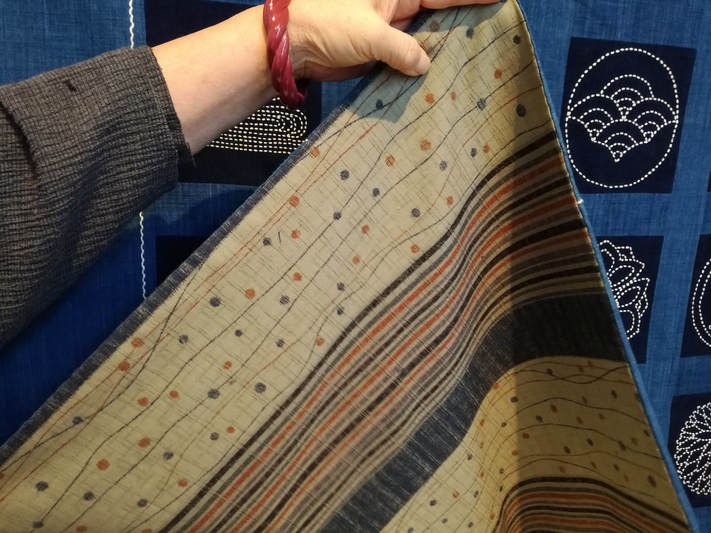
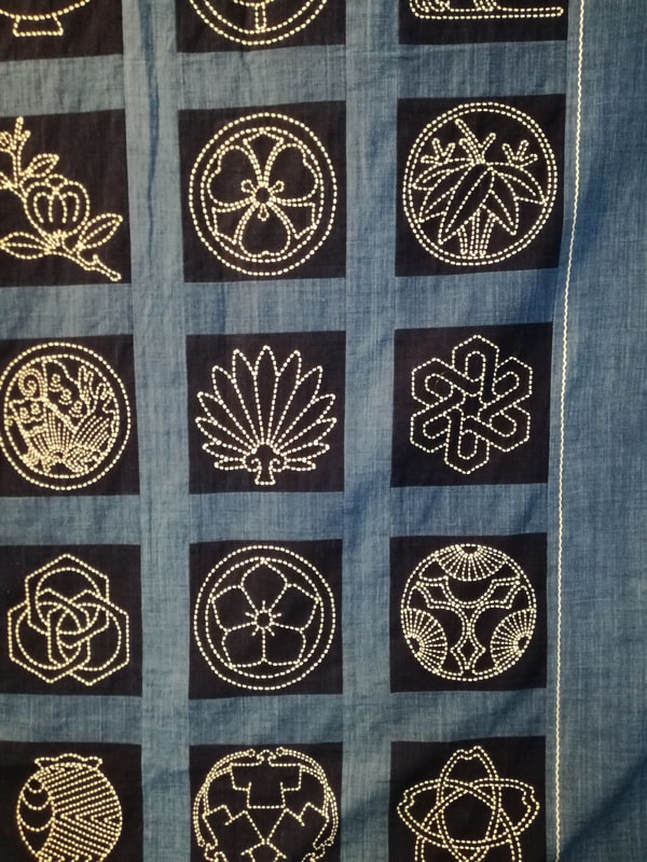
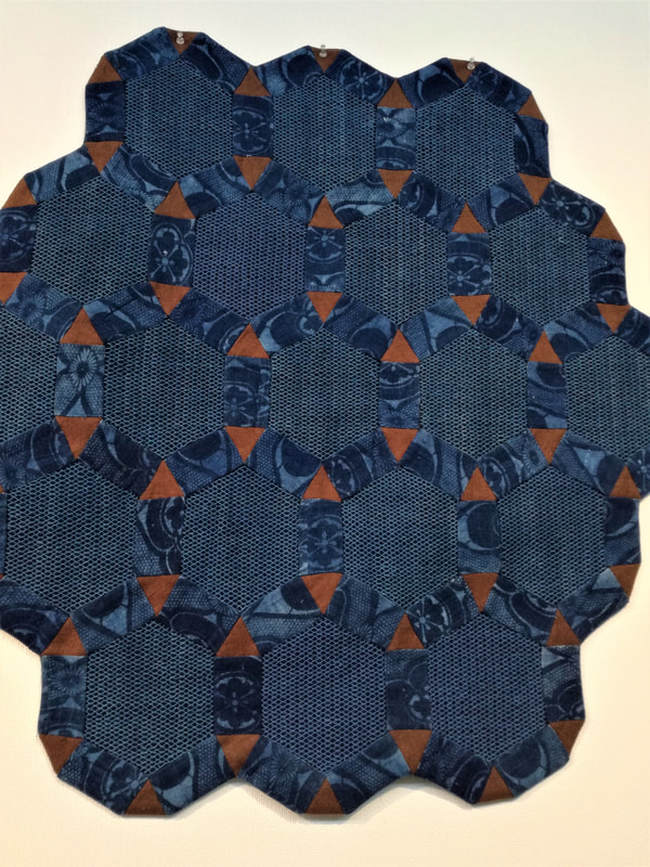

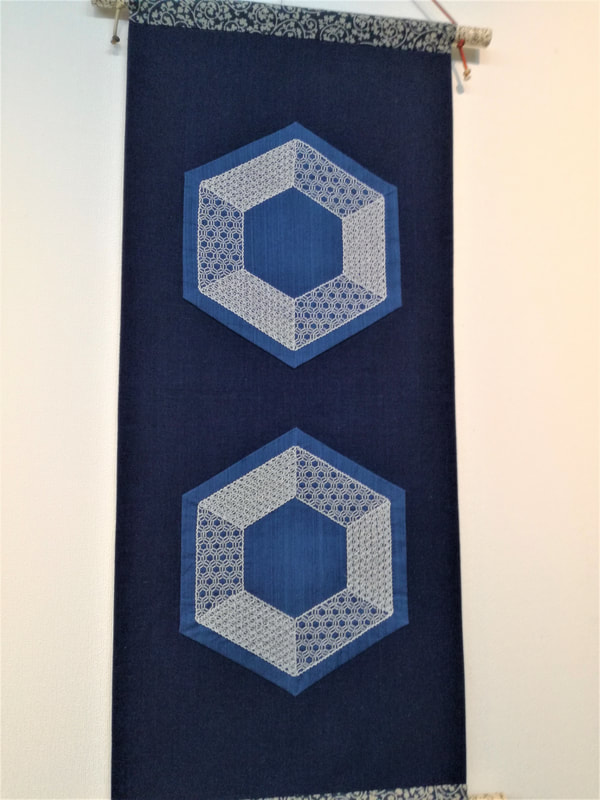
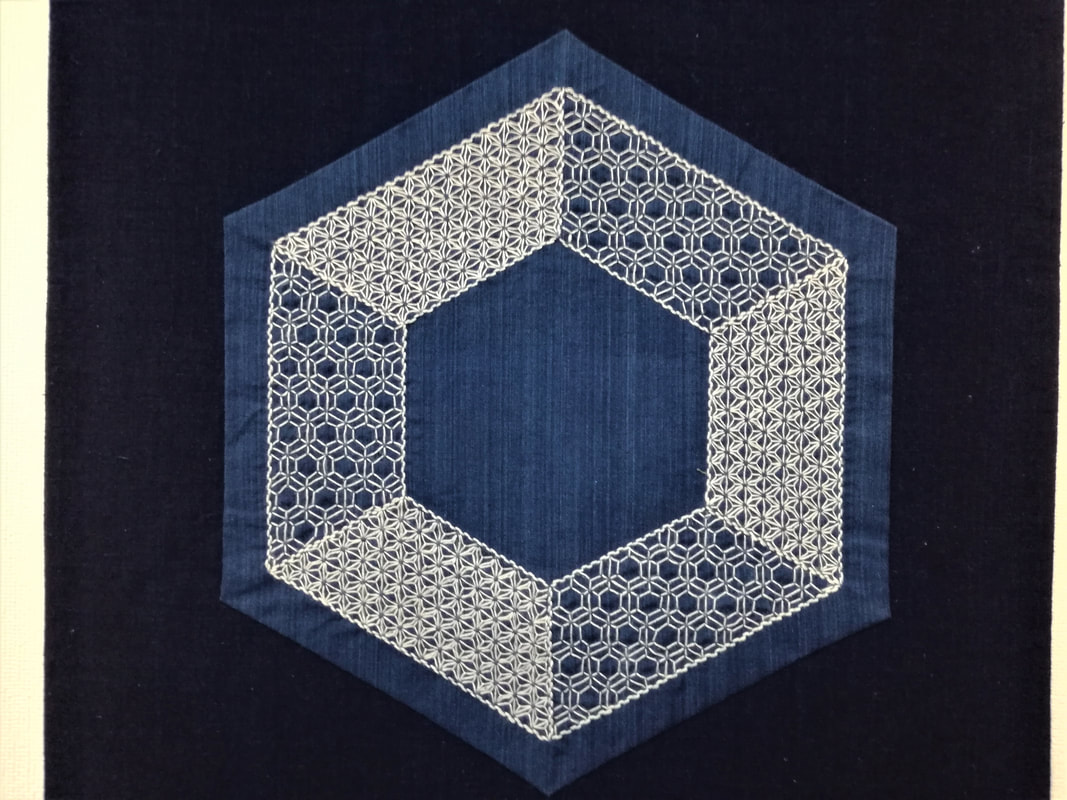
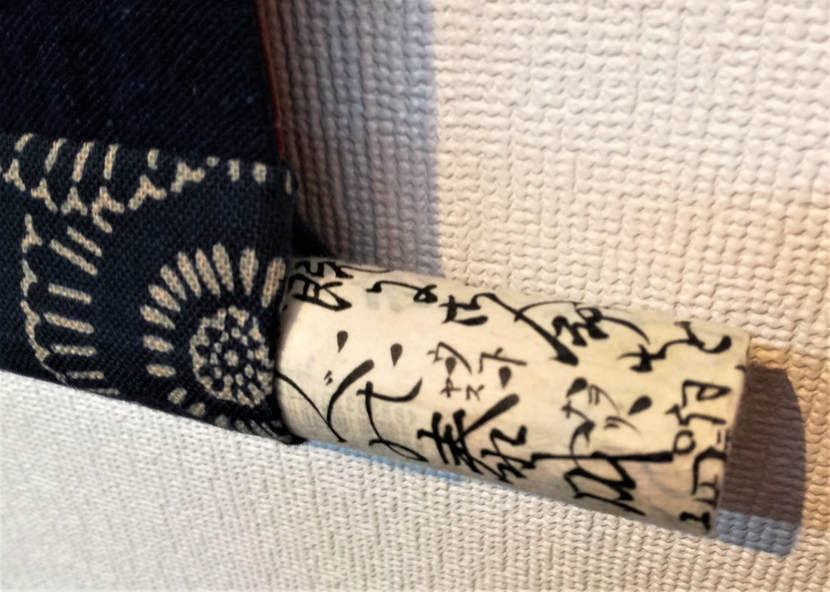
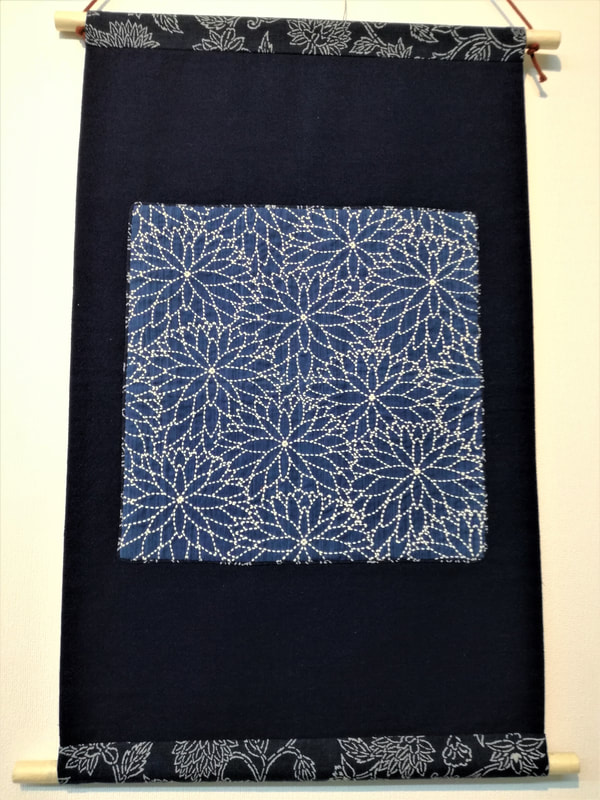
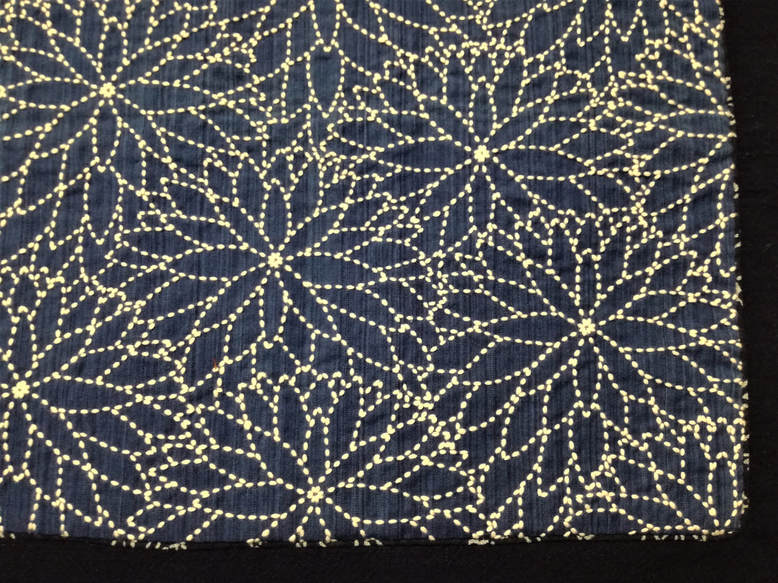
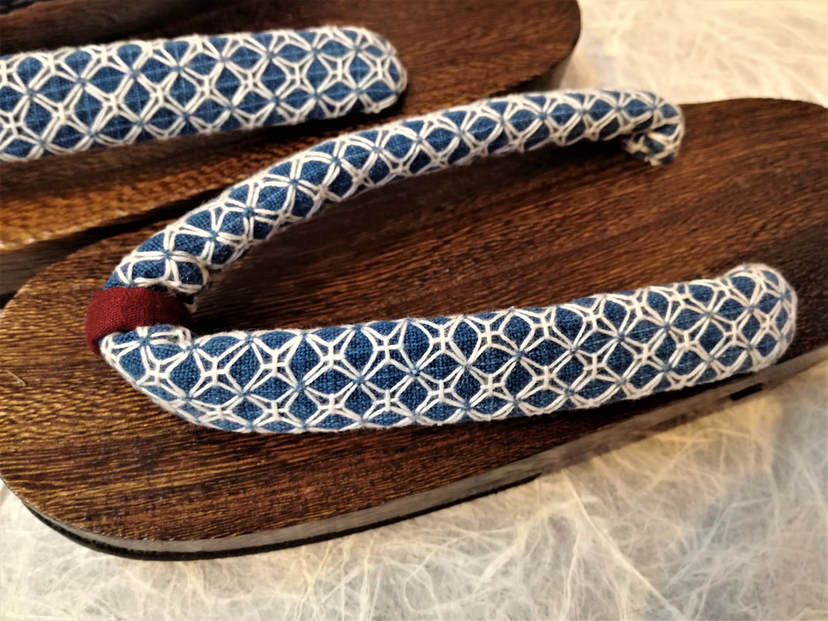
 RSS Feed
RSS Feed



